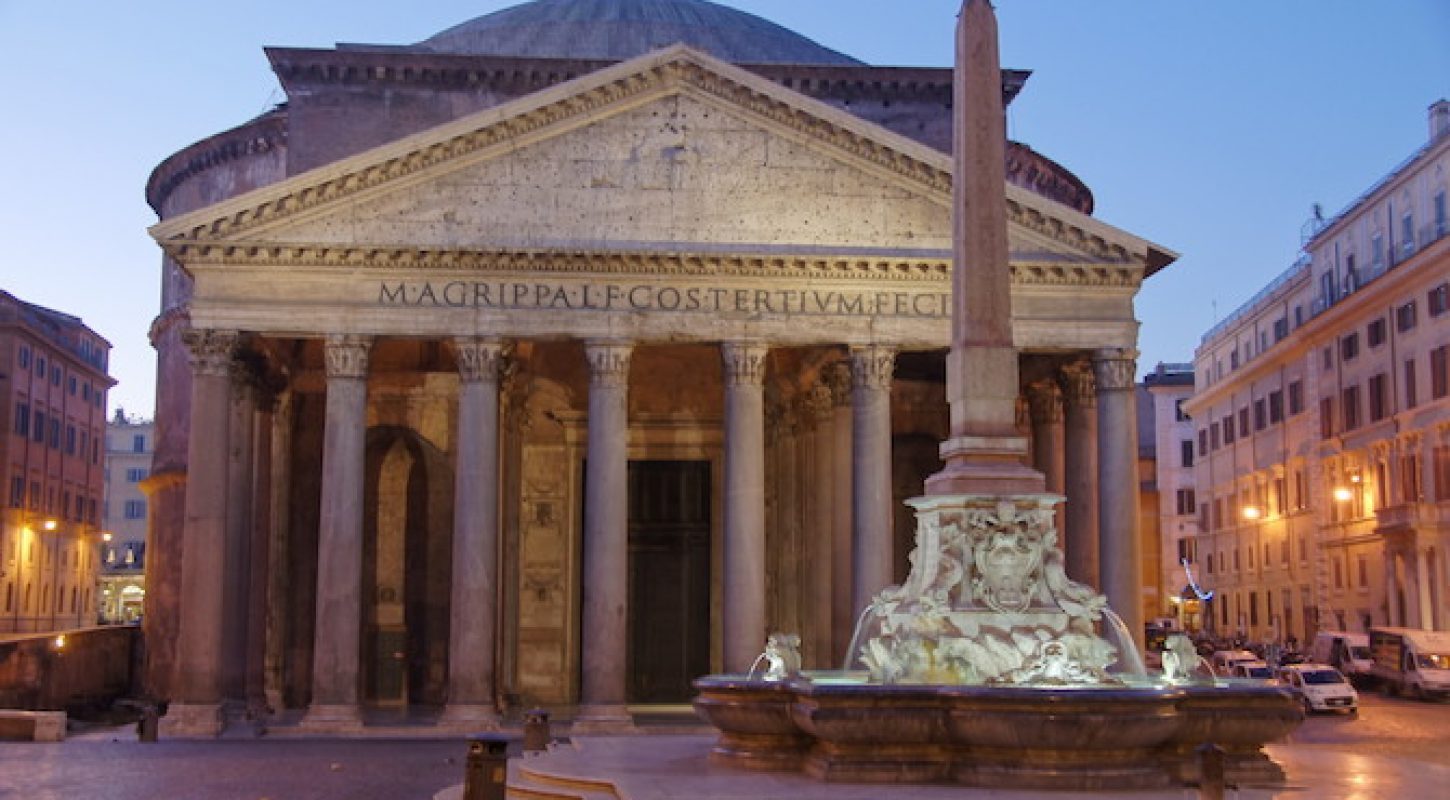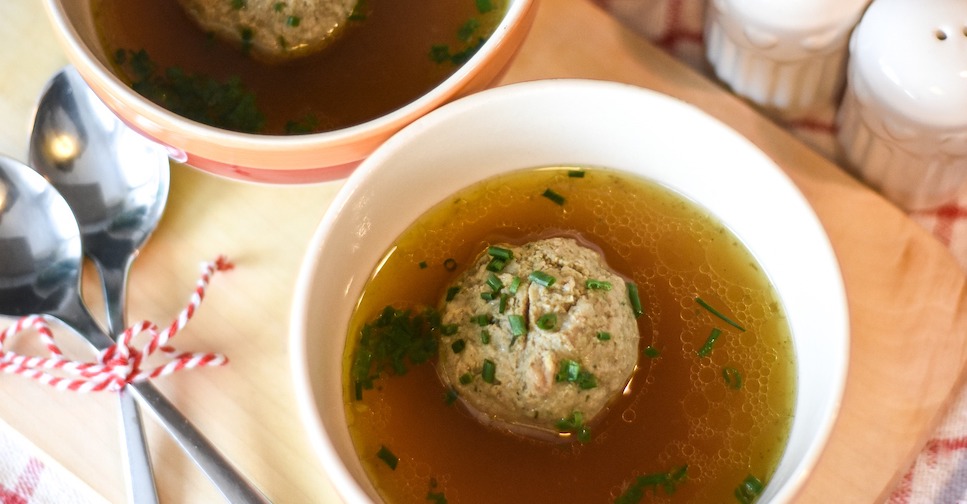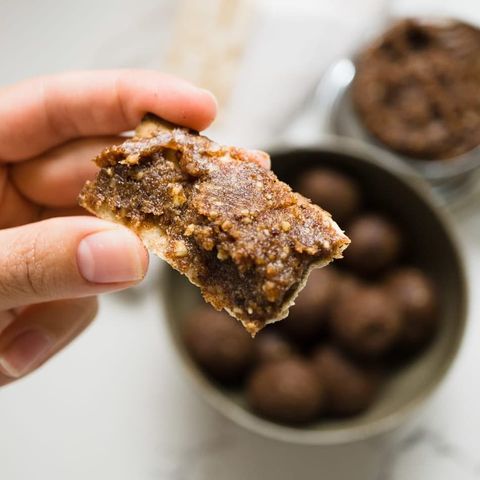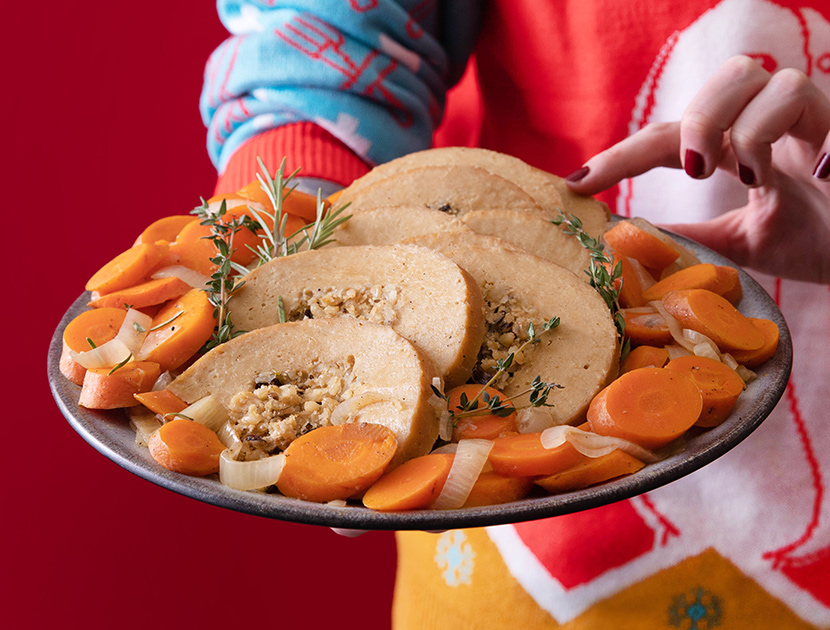Do you dream of gazing up at the ceiling of the Sistine Chapel, floating down the canals of Venice or wandering the streets of a medieval hilltop village in Tuscany? Italy is one of the world’s most popular travel destinations, and with good reason. But what about for vegan travelers? Won’t everything be covered in cheese? Will you have to live on nuts and dried fruit the whole time you’re there, while you watch your travel companions stuff their faces with pizza, pasta and gelato?
Most definitely not! Let me assure you that pizza, pasta and even gelato are all readily available in vegan versions all throughout the country. But just how vegan-friendly is Italy? Like so many things in life, the answer is, “It depends”.
You see, there is so much regional variation in the country’s cuisine that you could almost say there’s no such thing as “Italian food”. Likewise, the number of vegan options also varies widely. While choices are relatively limited in the north, as you travel further south they start to multiply exponentially.
This can be explained as much by the country’s geography as by its history and economy. In the mountainous regions of the north, heartier meals made of meat and dairy products were traditionally eaten to keep the chill of the Alpine winter air at bay. Whereas, in the much poorer south, “cucina povera” (peasant food) was the daily fare. The latter was (and still is) very plant based, and meat and other animal products were used very sparingly, if at all.
This is not to say that you will starve in northern cities like Milan or Turin. Far from it. Two of the most common dishes in this area are risotto (a special type of rice cooked in broth) and polenta (cornmeal boiled into a thick porridge), and both of these can easily be made vegan.
Liguria – region that hugs the coastline near the border with France – is famous for its focaccia, which is a delicious vegan flat-bread that can be topped with a number of different vegetables and spices. Farinata – a savoury pancake made of chickpea flour – is another vegan speciality and a popular form of street food in the region.

When navigating a menu in an Italian restaurant, you can skip right over the secondi (main dishes that are almost invariably meat-centred) and head straight for the primi (first courses), which is where you’ll find the pasta, risotto and polenta dishes. These are substantial meals in themselves, and Italians will often order just a primo without a secondo.


Even if you don’t see any primi on the menu that look vegan or easily veganizable, there’s sure to be something among the antipasti (appetizers) or contorni (side dishes). For example, bruschetta (toasted bread) is a common appetizer that can be topped with chopped tomato and basil or with spreads made from artichokes, olives or truffles that are often vegan, despite the word “crema” in their name (e.g. crema di tartufo).

Side dishes will almost always include vegetable options, such as a mixed plate of verdure grigliate (grilled vegetables) or a bowl of greens like cicoria (chicory) or scarola (escarole), seasoned with extra-virgin olive oil and perhaps some garlic or chili flakes.

Rome lies in the center of the country both geographically and culturally, so it’s no surprise that it occupies the middle ground on the scale of vegan-friendliness. While it has its fair share of meat-based local specialities, it’s also famous for its carciofi (artichoke hearts), cooked either Roman-style (stuffed with herbs and garlic and cooked in white wine) or Jewish-style (deep-fried).

And then there are the pasta dishes, such as spaghetti all’arrabbiata (a spicy tomato sauce). Another naturally vegan pasta sauce typical of Roman cuisine is all’aglio, olio e peperoncino (garlic, oil and chili peppers).

But what about the pasta itself? Doesn’t pasta have eggs in it? The answer once again is, “it depends”, but there is plenty of pasta out there that is naturally egg-free. Basically, pasta can be divided into two types: pasta secca (dried pasta, the kind you would buy in a box at the supermarket) and pasta fresca (fresh pasta). Pasta secca is made from semolina, a hard form of wheat, and usually does not contain eggs. Pasta fresca, on the other hand, usually does have eggs in it, but the line can get a bit fuzzy. There are literally hundreds of different shapes of pasta made in Italy, and some of them – like orecchiette, strozzapreti and legane – are never made with eggs, even when fresh. If in doubt, just ask for pasta senza uova (pasta without eggs).


From Rome, head along the Tyrrhenian coastline down to Naples, the home of the true Italian pizza. Did you know that the oldest and most traditional form of pizza is vegan?? That’s right – pizza marinara is topped with tomato, oregano, garlic and olive oil. No cheese! It remains one of the most popular types of pizza in Italy even today.

Head even further south into the toes and heel of the boot (or better yet, the oddly-shaped ball being kicked by the boot, better known as Sicily), and you are in the heart of “cucina povera” territory. Here you’ll find an almost infinite number of naturally vegan pasta toppings, such as pesto sauces made from a variety of nuts and herbs. And unlike the more famous pesto alla genovese, most of these are made without cheese! You might even find that the waiter offers you a dish of breadcrumbs or crushed pistachios to sprinkle over your pasta instead of parmesan.

Another common ingredient in cucina povera dishes is day-old bread. A great way for frugal cooks to use up leftovers without any waste, stale bread finds it way into many different soups, salads and other dishes such as acqua e sale – a local speciality in the region of Puglia.

And while you’ll probably have your hands (and mouth!) full with all the naturally vegan dishes in Italian cuisine, don’t forget to check out the vegan and vegetarian restaurants there too. Veggy Days and Universo Vegano are two all-vegan chains that are sweeping the nation, and you’ll find plenty more independently-owned restaurants listed on Happy Cow.
Not only is it possible to travel in Italy as a vegan, it’s an absolute joy. Indeed, even with all the rest Italy has to offer in the way of history, architecture and culture, the food is likely to be a highlight of your trip.
About the author:
Wendy Werneth is a nomadic traveller and vegan foodie. She shares her travel adventures at The Nomadic Vegan and is on a mission to show you how you can be vegan anywhere and spread compassion everywhere. Wendy will soon be publishing a vegan guidebook to Italy! Find out more here. You can also follow her on Twitter and Facebook.
I love my friend Aleeza's cooking. When spending time with her recently,…




